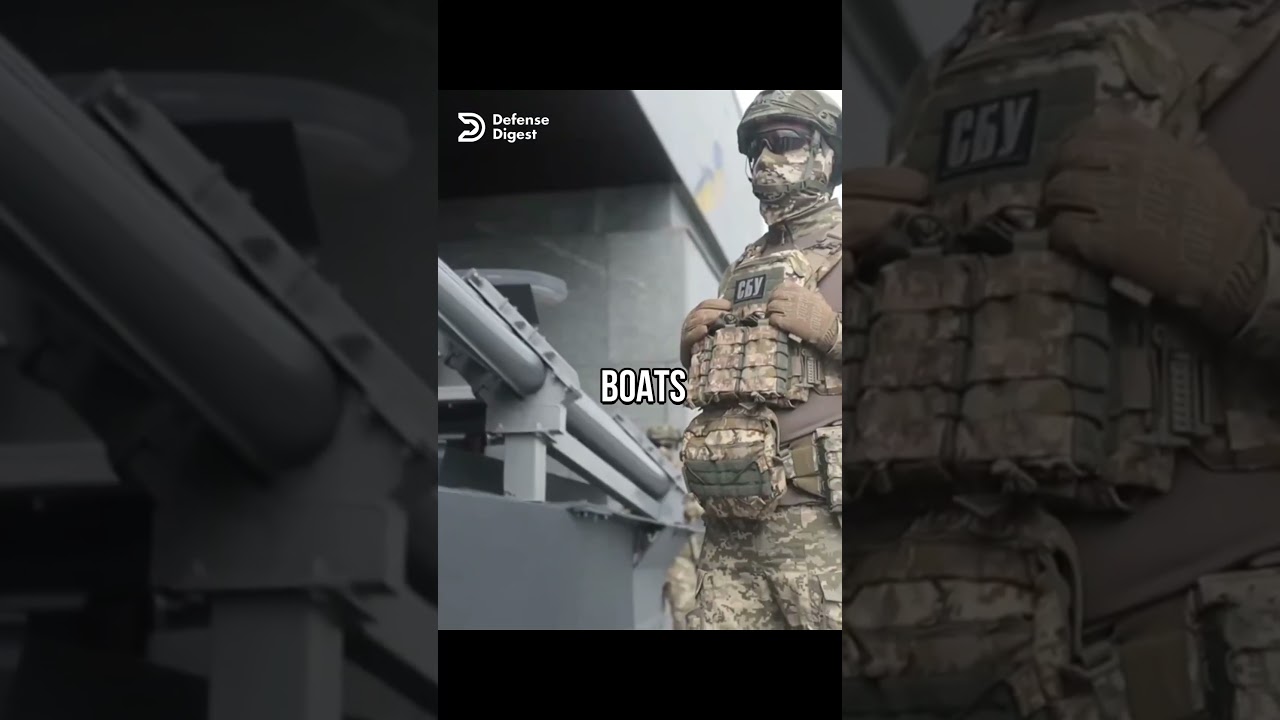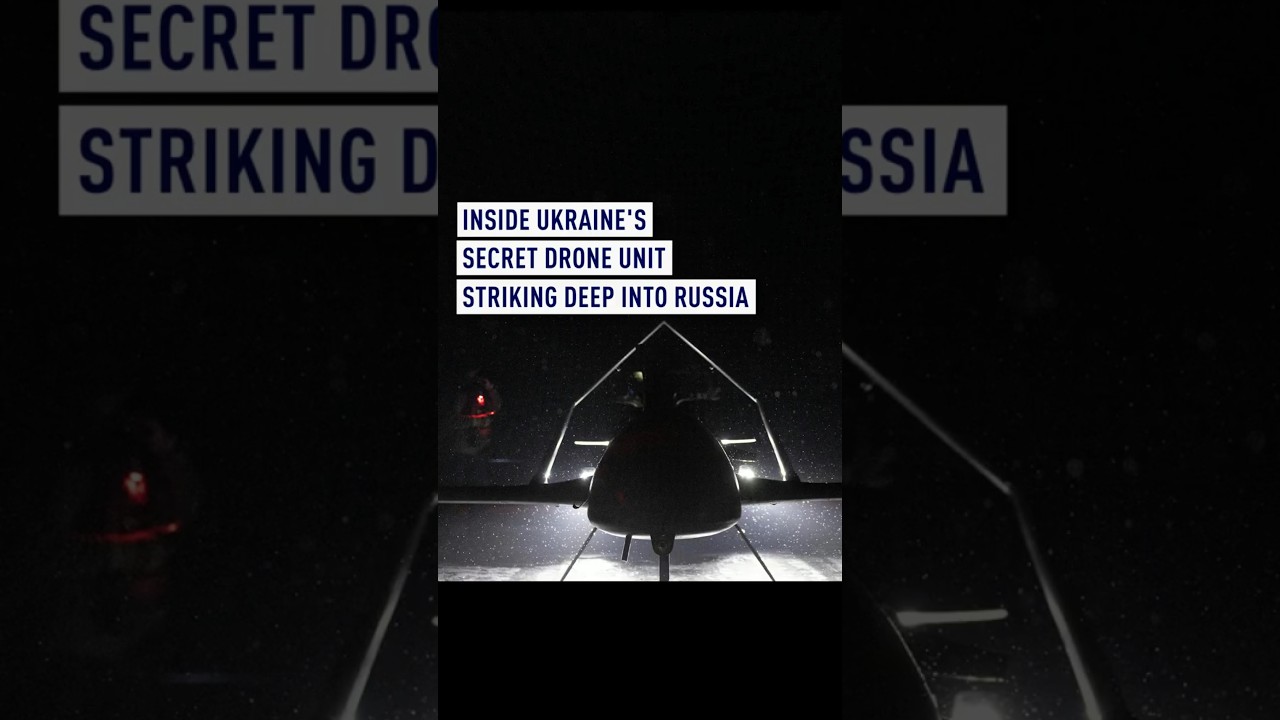A New Predator Emerges from the Black Sea: Ukraine’s Drone Boats Unleash FPV Swarms
The salt spray stings your face even miles from the coast. The air hums with a nervous energy, a low thrum that speaks of unseen threats. For months, the Black Sea has been a proving ground for a new kind of naval warfare, dominated by the sleek, silent forms of Ukrainian drone boats. But a recent development, captured in fleeting glimpses on social media, signals a significant evolution in this maritime conflict. Imagine the scene: a low-slung, unmanned vessel, barely a ripple on the water’s surface, approaching the coastline. Not with explosives strapped directly to its hull this time, but carrying a deadly payload of a different kind – a swarm of agile, first-person view (FPV) kamikaze drones. This isn’t just about hitting ships anymore; it’s about projecting targeted firepower onto land, delivered by an unexpected maritime platform. The implications, as these videos reveal, are profound, adding another layer of complexity to the already brutal calculus of this war. How are these "drone carriers" changing the battlefield dynamics? Let’s delve into the details.
Key Insights: Ukraine’s Deadly Drone Boat Evolution
- Mobile Launch Platform: The core innovation lies in utilizing uncrewed surface vessels (USVs) as mobile launch platforms for FPV drones. This allows for the deployment of these smaller, highly maneuverable drones closer to Russian targets, increasing their effectiveness and accuracy.
- Extended Reach and Precision: By transporting FPV drones, the drone boats effectively extend the reach of these aerial weapons. This enables strikes against targets further inland than previously accessible by direct drone boat attacks. The video description specifically mentions "precise strikes," highlighting the intended accuracy of this tactic.
- Preservation of Assets: A crucial advantage of this method is the preservation of the more expensive drone boats. Instead of being single-use explosive platforms, they can now be reused for multiple missions, delivering drone payloads and returning for resupply. This represents a significant shift in operational efficiency.
- Targeting High-Value Assets: The provided video description explicitly mentions a successful attack on a Russian Pantsir-S1 air defense system in occupied Kherson. This indicates a strategic focus on neutralizing key enemy assets that could otherwise threaten Ukrainian forces or infrastructure. The visual of that system erupting in flames, even if only seen in grainy footage, speaks volumes about the effectiveness of this combined arms approach.
- Growing Drone Capabilities: This development underscores Ukraine’s continued innovation and adaptation in drone warfare. It demonstrates a capacity to integrate different drone technologies – maritime and aerial – to create new and potent offensive capabilities. The shift "from sea to land-based operations" is a key takeaway, highlighting the versatility of this approach.
From Silent Waters to Targeted Strikes: A Tactical Shift
The Black Sea, once a strategic chessboard for naval powers, is now a hunting ground for these robotic predators. The shift from direct explosive attacks by drone boats to using them as launch platforms for FPV drones is a tactical evolution born out of necessity and ingenuity. Imagine the operator, miles away, piloting the drone boat through the waves, the low hum of its engine the only sound above the water. Then, as it reaches its designated location, the FPV drones are unleashed, buzzing towards their target like angry hornets. This isn’t just about destroying equipment; it’s about disrupting Russian logistics, degrading their air defenses, and maintaining pressure along the southern front. The attack on the Pantsir-S1 system is a prime example. These systems are designed to protect against aerial threats, but they are now facing a threat originating from the sea, delivered by a silent, almost invisible platform. This forces the Russians to adapt, to spread their defenses thinner, and to constantly be on guard against attacks from unexpected vectors. The psychological impact of this constant threat, the knowledge that an attack could come from anywhere, is a weapon in itself.
Witness the Evolution: Scroll Down to See the Impact
The videos below offer a glimpse into this evolving form of warfare. They are fragments, snapshots of a conflict fought in the shadows and on the waves. But within these short clips lies evidence of a significant tactical shift, a testament to Ukraine’s ability to innovate and adapt in the face of a larger adversary. Scroll down to witness the visual confirmation of this new capability and understand the growing threat posed by Ukraine’s deadly drone boats.

























































